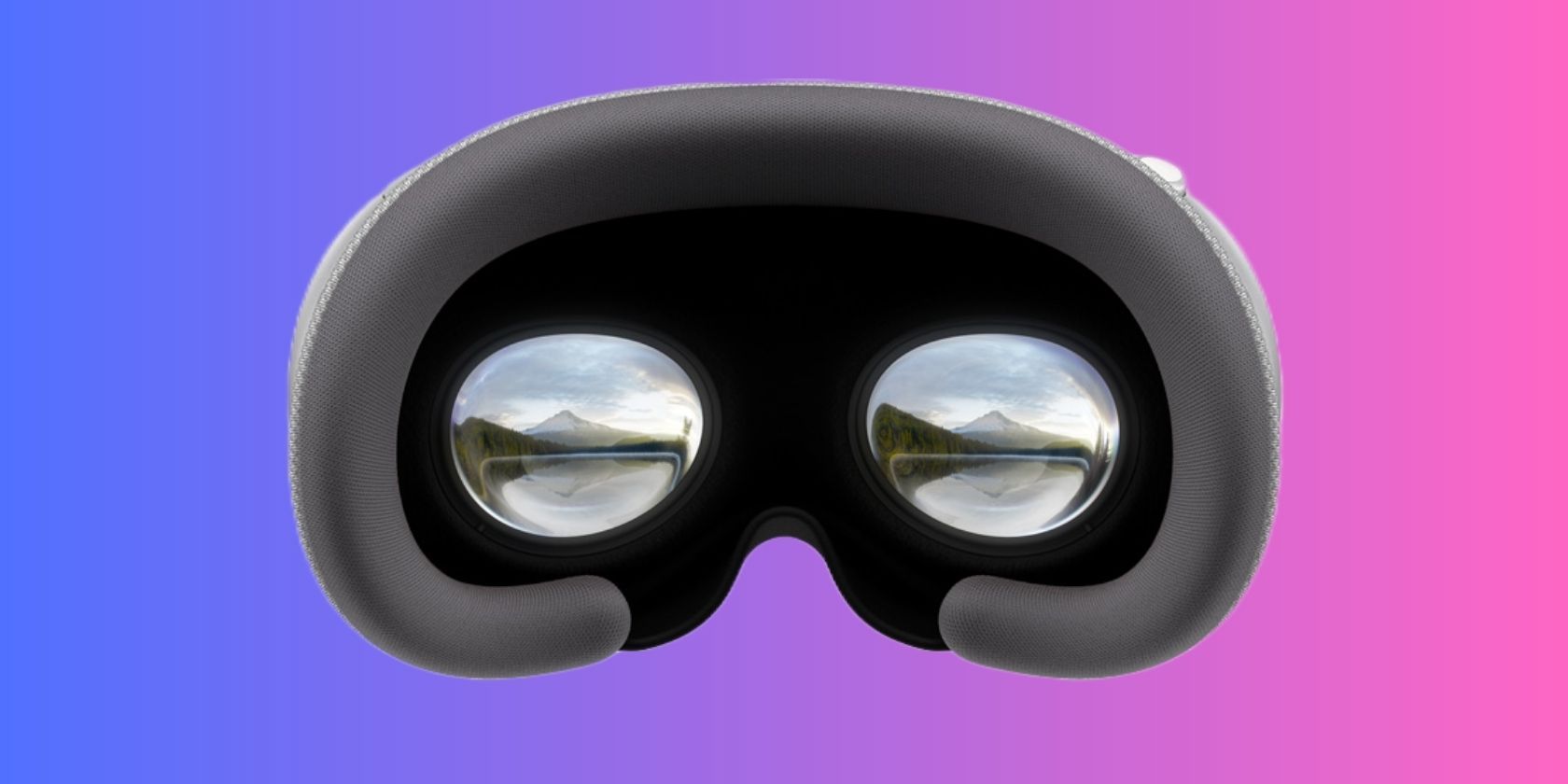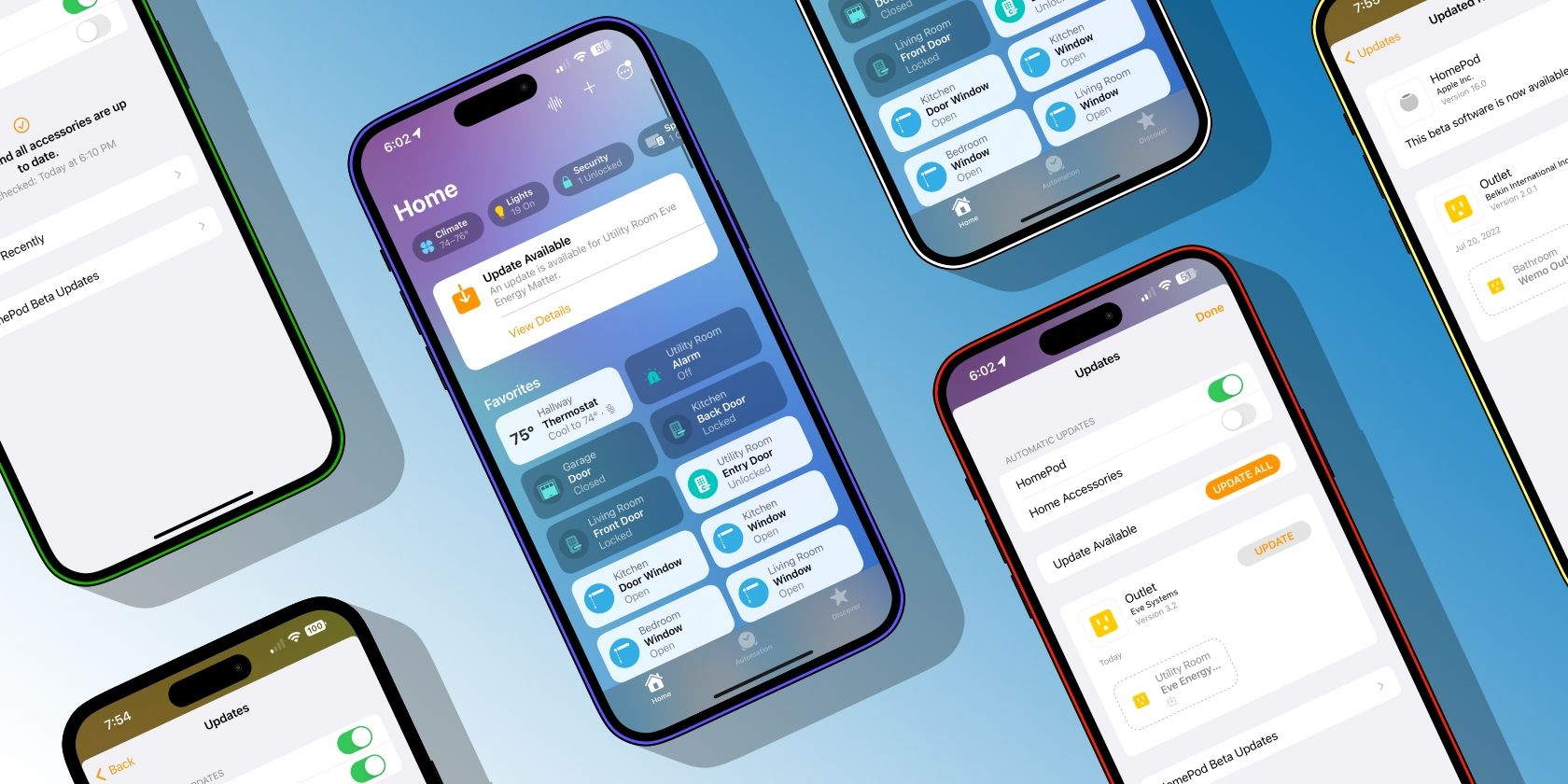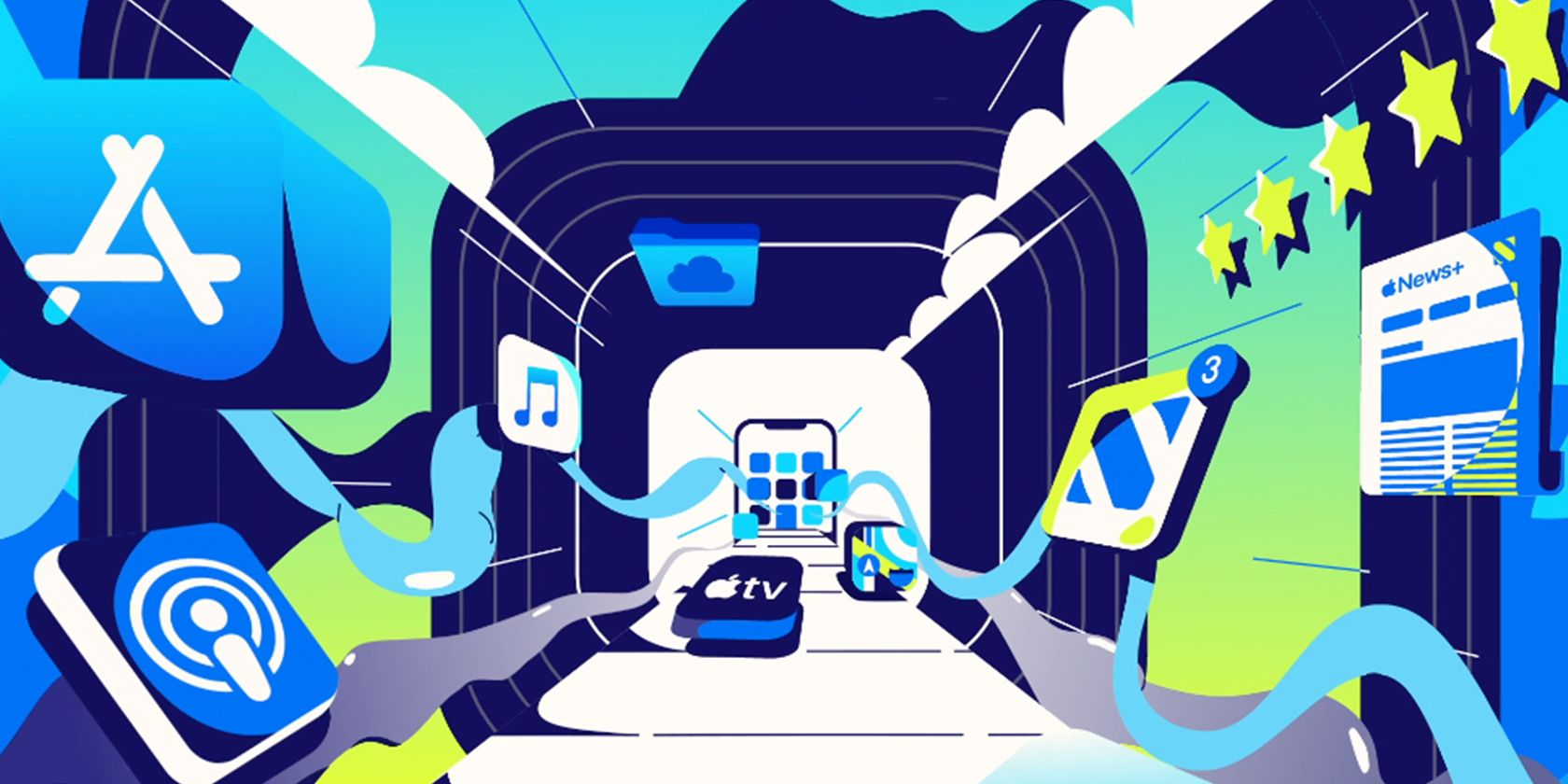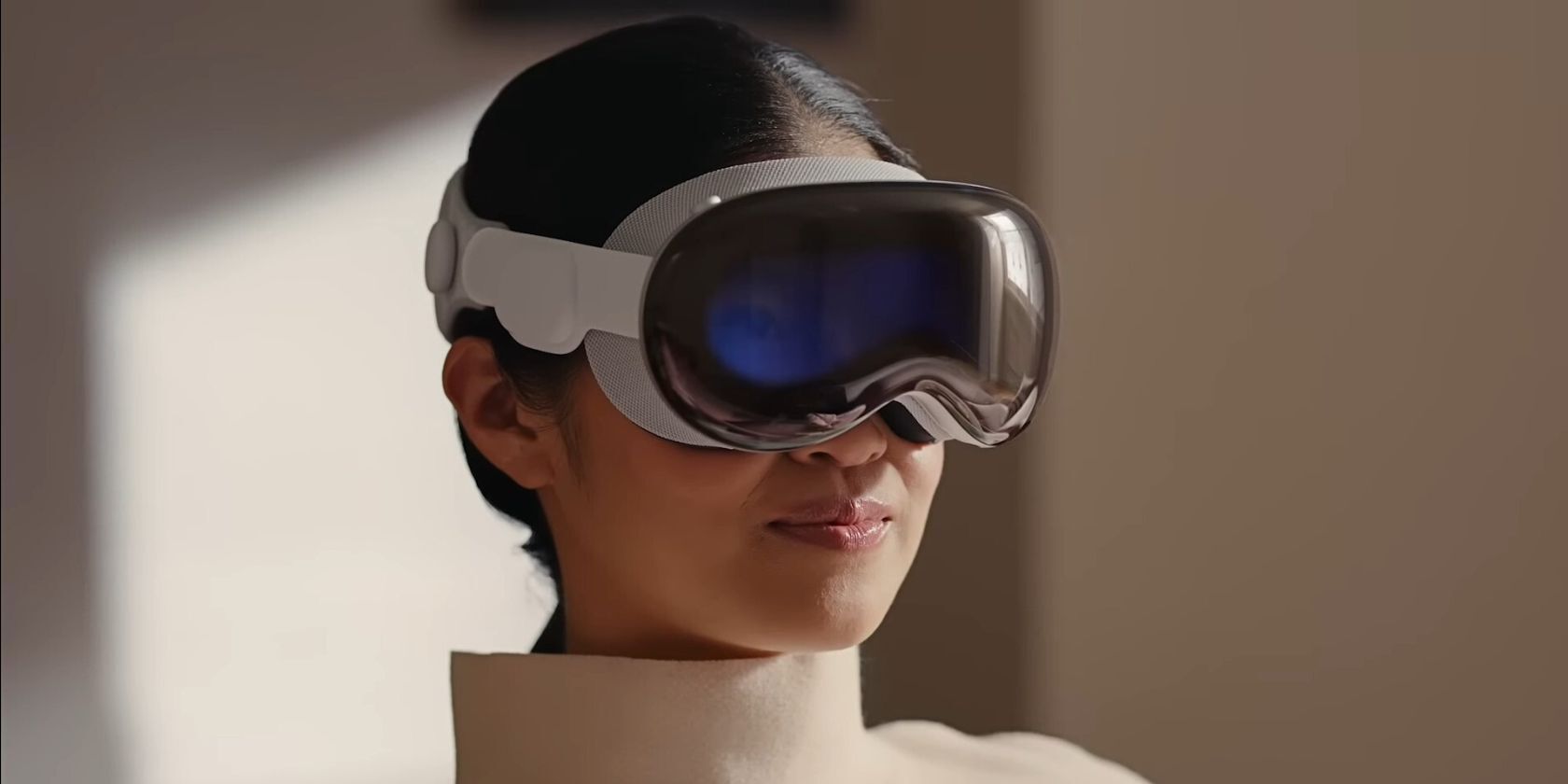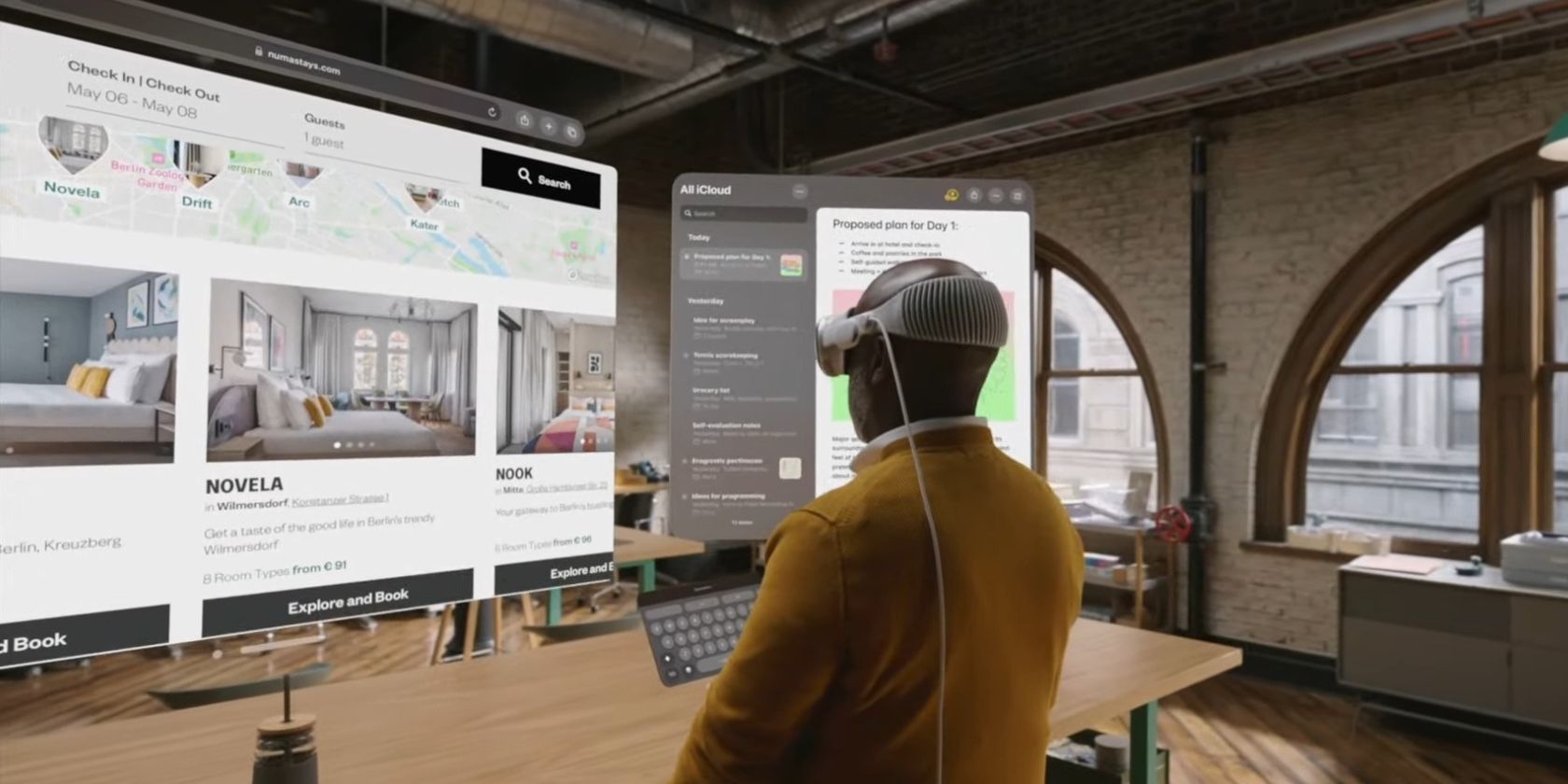The all-new Apple Vision Pro mixed reality headset is making all the headlines—for a good reason. With it, Apple aims to embark on a new era of spatial computing, and some tech-savvy fans are already commenting on how the device will make the iPhone obsolete.
But is that a realistic possibility? Let's argue why the Vision Pro can and can't replace the iPhone.
Why the iPhone Is Here to Stay
The Vision Pro AR/VR headset is certainly impressive, but the iPhone is far from obsolete. Here are three reasons why the iPhone will continue to be Apple's frontman product:
1. iPhones Are Very Profitable and Have Massive Brand Value
Replacing the iPhone with the Vision Pro headset would be risky for Apple. For context, the iPhone makes up about half of the company's total profits and is one of the most profitable products in the entire tech industry.
In fact, despite accounting for usually less than 20% of global smartphone sales, the iPhone routinely takes home roughly three-quarters of the entire industry's profits!
The iPhone is an aspirational product with a massive brand value; it's something people look forward to buying. Replicating this prestige would be a huge challenge, to say the least.
2. The iPhone Is a Gateway to Apple's Services
Now more than ever, Apple is trying to transition into a services company to generate recurring income via monthly subscriptions. And yet again, the iPhone proves to be its biggest asset in converting users into paying subscribers.
Apple services, including Apple Arcade, Apple TV+, Apple Fitness+, Apple Music, and more, are becoming increasingly important for the company to get people to stay in the Apple ecosystem. And the iPhone acts as a gateway into that ecosystem.
In fact, if you take inflation into account, iPhones are actually getting cheaper, making it easier for more people to enter the ecosystem and subscribe to Apple services. At $3,499, the Vision Pro is way too expensive to pull in many new users.
3. The iPhone Lies at the Center of the Apple Ecosystem
The iPhone lies at the heart of the Apple ecosystem. Other Apple products like AirPods, Apple Watch, AirTag, MacBooks, iPads, HomePod, and more are made with the iPhone in mind.
In fact, if you've recently switched from Android to iPhone, you might've noticed that buying the latter has an inevitable consequence of making you buy other Apple products as well to get the most out of your device and enjoy the seamlessness of the Apple ecosystem.
Without the iPhone at the center of the Apple ecosystem, people wouldn't really feel the urgency to buy other complementary Apple products—harming the company's profits.
Why the Vision Pro Can Replace the iPhone
The Vision Pro may not be very accessible right now, but if there's one tech company that has repeatedly disrupted industries, it's Apple. Here are three reasons why the Vision Pro can—if not kill the iPhone—make it less relevant in the next few years.
1. The Vision Pro Is Immersive and Super Intuitive
Part of the reason why most people haven't cared about AR or VR till now is that the technology hasn't been implemented in a good enough capacity. Not only is the headset very immersive and well-made, but one of the best features of the Vision Pro is that you don't have to use a controller to operate it.
You control the device with your eyes, hands, and voice for navigation, selection, and dictation. And according to hands-on first impressions from reviewers, the eye-tracking system navigation is surprisingly good, especially considering that the Vision Pro is a first-gen product.
2. Support From Third-Party App Developers and Media Giants
When you're spending thousands of dollars on a headset, you would ideally expect it to be your primary device for productivity, entertainment, gaming, and networking.
This won't happen unless third-party app developers and media companies believe in the future of AR and VR too. Luckily, it's much easier for Apple to get partners to hop on board with its plans than any other tech company—for obvious reasons.
The iPhone maker can incentivize third-party app and game developers and media companies to create AR apps, VR content, and XR games for its users. These services may be bundled into a new subscription with a higher monthly fee than regular Apple services.
3. Increase in Public Interest in AR and VR
As AR/VR technologies evolve and more companies launch their own headsets in the coming years, public interest in the space will inevitably increase. It'll take time, but we'll eventually get there.
Similar to how the standard iPhone models cater to price-conscious buyers, Apple may launch a lower-end Vision headset later down the line as an affordable alternative to the Vision Pro lineup. That way, more people will be willing to give it a shot and start performing more tasks on their headset instead of their iPhones.
AR Headsets Still Have a Long Way to Go
It has been more than 15 years since the original iPhone launched back in 2007, and it's through multiple evolutions that it has become as efficient, powerful, and useful as it is today.
As impressive as the Vision Pro is, it's still a first-gen product and needs to go through enough evolutions to become something recommendable to the average user. Until then, the iPhone will remain the best product that Apple offers.

